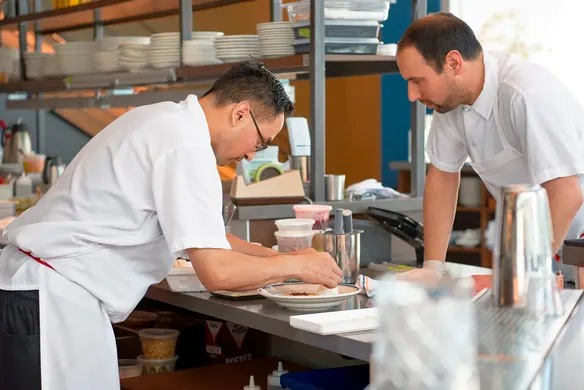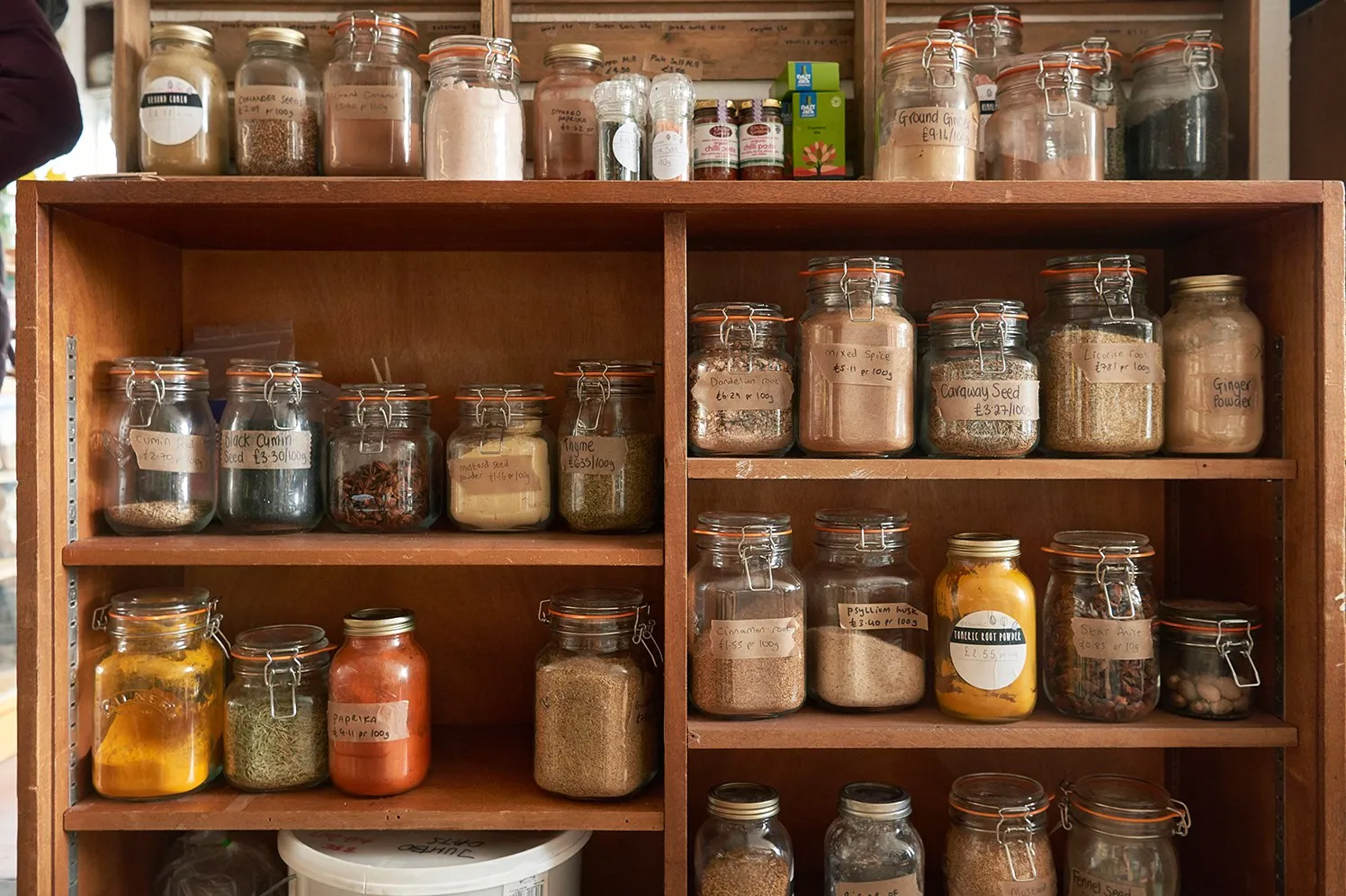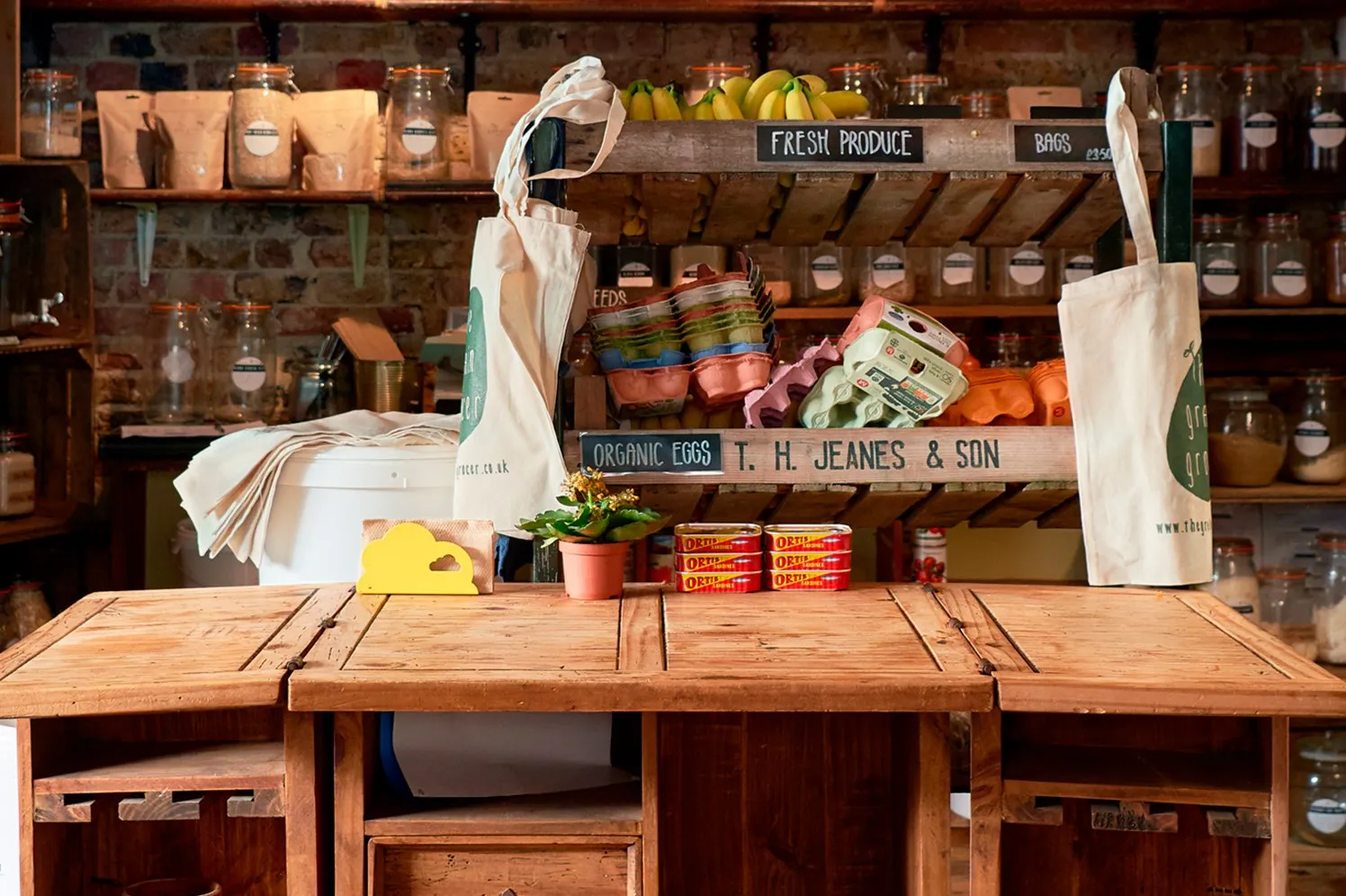Table of contents
Managing a restaurant is a crucial part of the business and it’s important to define the right metrics that will measure restaurant performance and help your restaurant grow.
Of course, you’re going to look at revenue and profits as main indicators of success when managing a restaurant, but there are plenty of other restaurant performance metrics that can tell you whether you’re on the path to long-term growth.
What Are Restaurant Performance Metrics?
Restaurant performance metrics are used to track your success while managing a restaurant. You want to look at metrics that are easily measurable, directly correlated to performance, and comparable to competitors.
There are a few essential, quantifiable business metrics that play a major role in restaurant management:
- Cost per acquisition: The amount of money used to attract a new restaurant guest
- Food costs: The total amount you are spending on ingredients and other materials needed for meal prep
- Labour costs: The sum of all wages paid to employees, including benefits as well as payroll
- Total revenue: The total amount of restaurant sales
- Break-even point: The sales amount needed to outweigh your restaurant costs
- Profit margin: The total amount you are taking home after hitting your break-even point
Computing these numbers is easy when using business analytics software for your restaurant management, but identifying what influences them can be tricky.
How to Manage a Restaurant
Using these key restaurant performance metrics, here are the steps that can help you with restaurant management and set up for long term success.
1. Establish marketing efforts
How do you get new customers in the door? Marketing is essential to promoting your business and helps restaurants increase brand awareness significantly. Cost per acquisition is directly affected by your marketing efforts since it essentially shows how much you are spending to attract new customers.
The Foodservice Suppliers Association of Australia and several industry efforts advise restaurants to spend between 3 to 6 percent of sales on marketing. While these guidelines seem easy to abide by, the overwhelming amount of marketing tactics — from email marketing to social media — often causes restaurant owners to overspend.
You want to find a balance in your marketing efforts so you can maximise your cost per acquisition as you continue restaurant management. If you are overspending, consider some of these cost-friendly marketing tactics.
- Gift cards are a great way to drive purchases, create customer loyalty, and promote your restaurant overall. Placing gift cards at hostess stands or in front of registers is a tactful way to catch the customer’s eye, but there are other ways to leverage gift cards at the restaurant. For instance, running gift card promotions — like buy one, get one 50% off — incentivises loyal customers to buy multiple gift cards to give to family and friends who haven’t been to your restaurant. This promotional trick can allow you to vastly expand your customer base. You can also use gift cards for upselling purposes or during raffles and restaurant competitions.
- Using social media to market your restaurant can be a cost-effective way in restaurant management to reach your audience. For example, restaurant owners can create a free Instagram business account and post photos and videos of current happenings at the restaurant or in their community. Whether you’re hosting a pop-up restaurant or are trying out a new menu item, social media is a great place to promote. This allows you to build a following of people interested in what you’re doing. Owners can also explore paid social marketing opportunities as well. As an extension of online advertising, paid social marketing allows you to display online promotions to a specific target market on social media. Whether you are changing up the menu or offering an extended happy hour, you can reach a select market using paid social.
- Email marketing is a great way to reach a wide array of customers and can serve as a helpful reminder for your guests. Whether you want to send out restaurant changes or provide exclusive offers, consider email marketing best practices and come up with a plan that’s right for your restaurant.
2. Manage inventory levels
The cost of food can account for a large percentage of your total costs when it comes to restaurant management, so it’s extremely important to assess your inventory levels to find menu opportunities and prevent food waste.
Food costs for your restaurant can range anywhere from 25 to 35 percent of your total cost, and inventory levels can vary based on the overall demand for menu items.
If you are spending far more than the industry standard, you are most likely ordering too much, which generally leads to a lot of waste. Here are a few things you can do to help solve some inventory problems and help measure restaurant performance:
- Invest in a trustworthy inventory management system to track the usage of ingredients.
- Order high-demand ingredients in bulk. This helps lower their overall cost.
- Minimise your inventory turnover to fewer than seven days to prevent a surplus of food.
- Look at portion size. Over-serving your guests can cost you a lot. A good place to start is by looking at any side options or items a la carte.
- Get creative. If there is a surplus in certain ingredients, ask your chef to feature a meal with it.
- Evaluate perishability of food. Foods that go to waste quickly need to be evaluated by importance, and you should order these carefully.
3. Focus on employee retention
Customer service and the overall dining experience continue to grow in importance, and this is fully dictated by your waitstaff. So it’s important to keep your front of house and back of house employees happy when it comes to restaurant management. A good measure of your staff’s happiness is employee retention and turnover rates.
Compared to other industries, the restaurant industry sees higher turnover. Employee turnover rates for the restaurant and café sector are approximately 88 percent per annum according to a study by Deloitte.
Most employees leave one restaurant to work for another because they are either underpaid or overworked, have few promotional opportunities, or don’t agree with the restaurant’s goals.
What can you do as a restaurant owner to ensure higher employee retention? As the restaurant management, be sure to implement and promote the following:
- Transparency: Be transparent with your employees. Employee wages are always an important topic to discuss openly and consistently.
- Incentives: Offer incentives for employees so they have opportunities to make more money.
- Career progression: Show a path to advancement by providing different career opportunities that employees may be interested in, and always encourage employee growth.
- Positivity: Think beyond the dollar signs and make an effort to create a fun, engaging work environment.
4. Control labour costs
While investing in employees creates a better working environment and improves the overall dining experience for your guests, it is important to control your labour costs to measure restaurant performance by examining how many hours of overtime employees are logging each month.
Labour costs are an important factor in restaurant performance metrics, tending to fall between 30 and 35 percent of your restaurant’s total sales, which is dependent on the industry sector your restaurant falls within (e.g., quick service, full service, family style).
There are a few things you can do to keep your restaurant labour costs in line with industry standards. Choose a restaurant POS and restaurant management software with integrated employee time cards that can assist in the evaluation of hours worked for each employee. With built-in timecards, you can check how many hours each employee has logged on any given day of the week, including overtime.
An excessive amount of overtime could indicate the need to hire more staff to mitigate those costs.
5. Optimise seat turnover rate
The seat turnover rate is a restaurant performance metric measured by how often a seat is used by a different individual over a period of time. In general, the more people you are seating in your restaurant, the higher your sales potential is, so this number plays a crucial role when assessing total revenue.
Industry averages fluctuate based on your type of restaurant and the experience of your staff. Generally, quick-service restaurants should see a high turnover rate while full-service restaurants see a lower turnover rate.
If it feels like you’re experiencing low turnover and want to improve, consider expanding your restaurant by adding more tables and seats. This gets more guests in the door to enjoy a meal at your place. Hiring more employees could also speed up the service and allow tables to turn at a quicker rate. In restaurant management, you have to weigh the costs of these suggestions to determine if they yield enough ROI.
6. Make the most of peak hours
The continuous assessment of your peak hours and slow times is a great way to generate new opportunities to increase revenue or create savings. You should look for a point of sale or restaurant management software that provides easy-to-access analytics.
Depending on your restaurant’s focus, busy hours may fall at breakfast, lunch, or dinner, but peaks may fall outside of that if you serve something like coffee. Take advantage of your peak hours by having your employees upsell specific items. Make this into a competition or create an incentive to promote it across the restaurant and improve your sales.
Slow hours, which fall in between meal times, also have massive profit potential. Some restaurants have happy hour as a way to attract restaurant guests during non-peak hours. After all, who doesn’t love half-price appetisers and refreshing discounted beverages?
When approaching restaurant management, you may also decide to take advantage of cost savings during slow times of the day. Maybe you schedule fewer employees, for example, between lunch and dinner, or assign those employees different tasks during those times.
These key restaurant indicators have an impact on your overall revenue, which yields higher profit margins and pushes you toward growth and overall success. Evaluate these restaurant performance metrics on a regular basis to identify performance opportunities in order to run a restaurant successfully and improve restaurant management.
![]()













